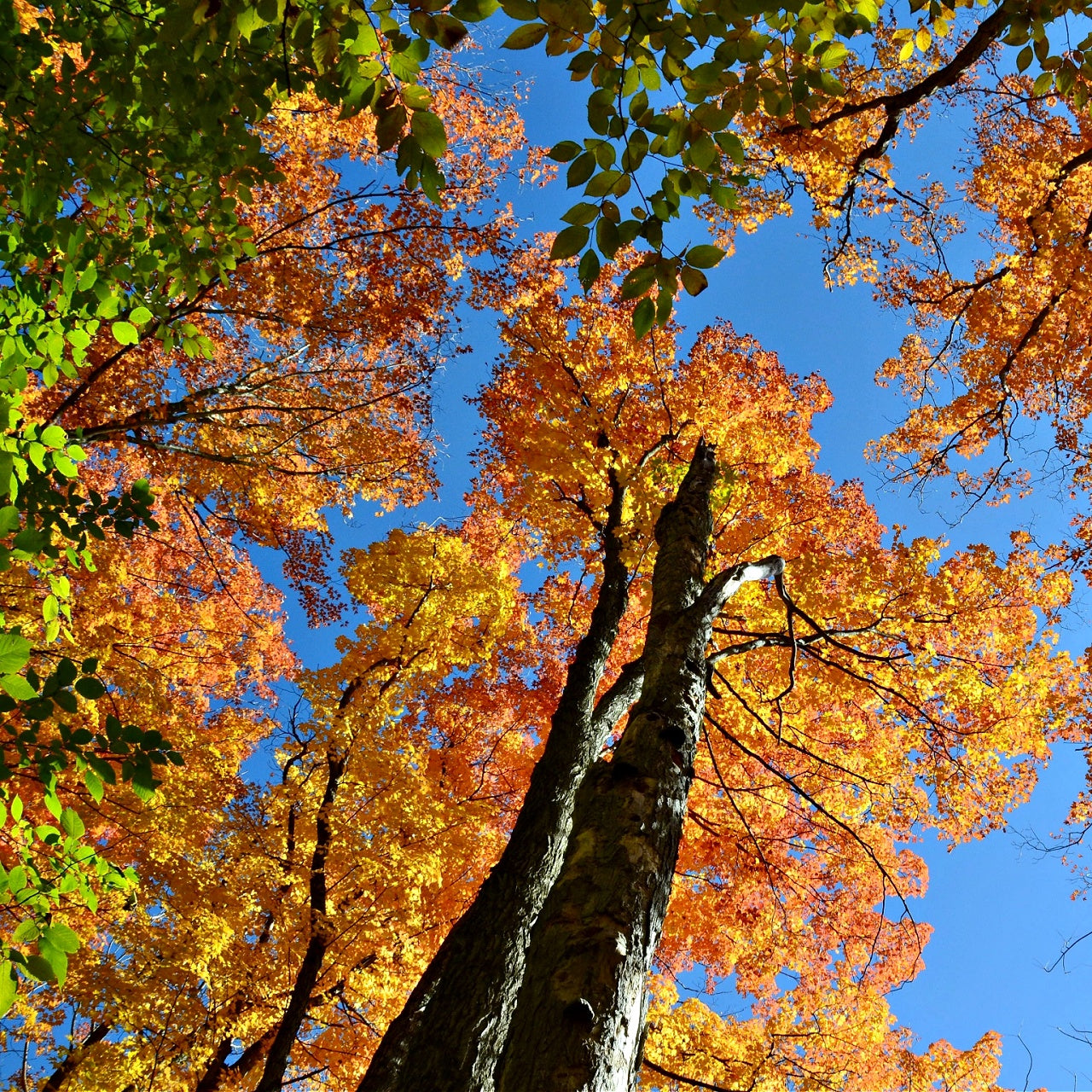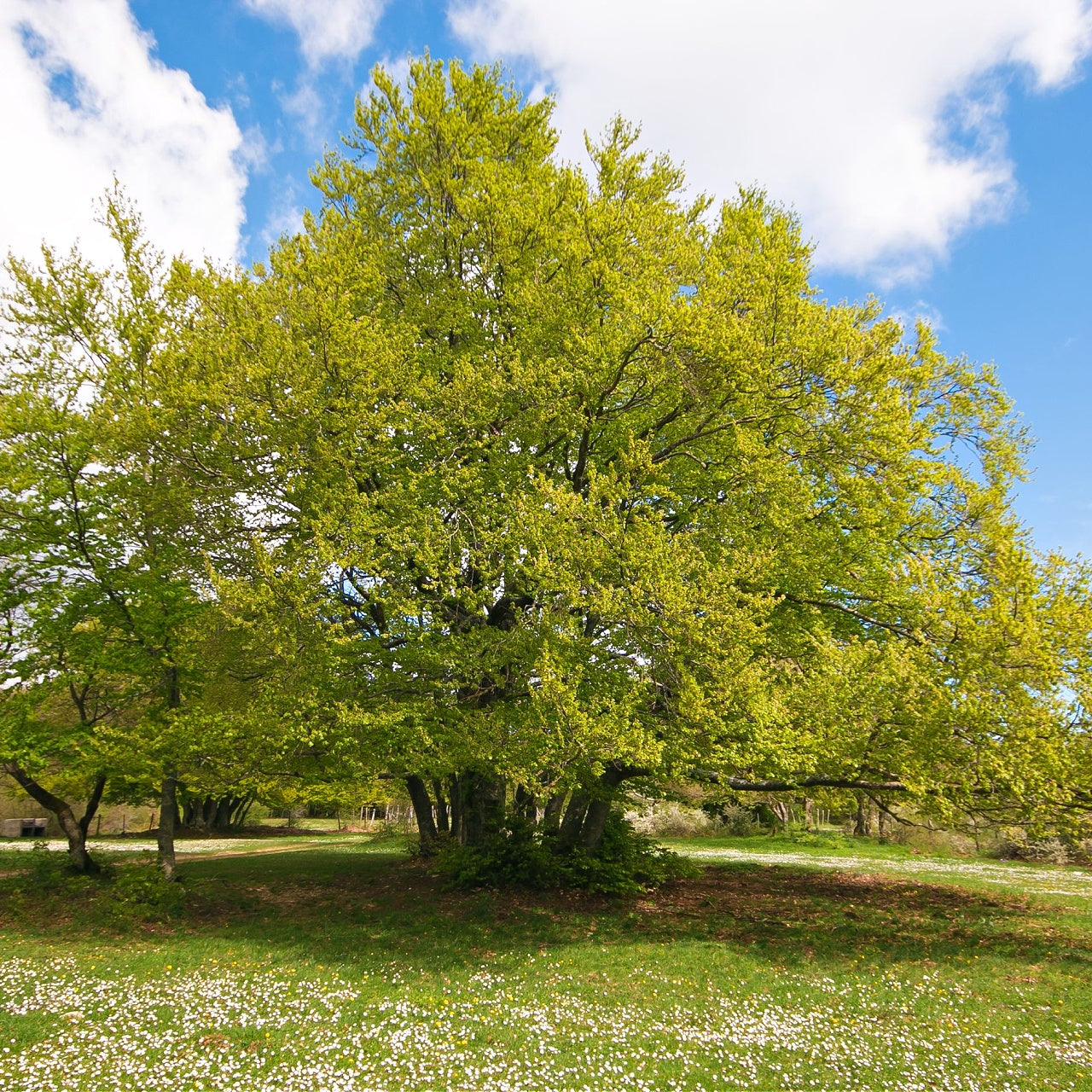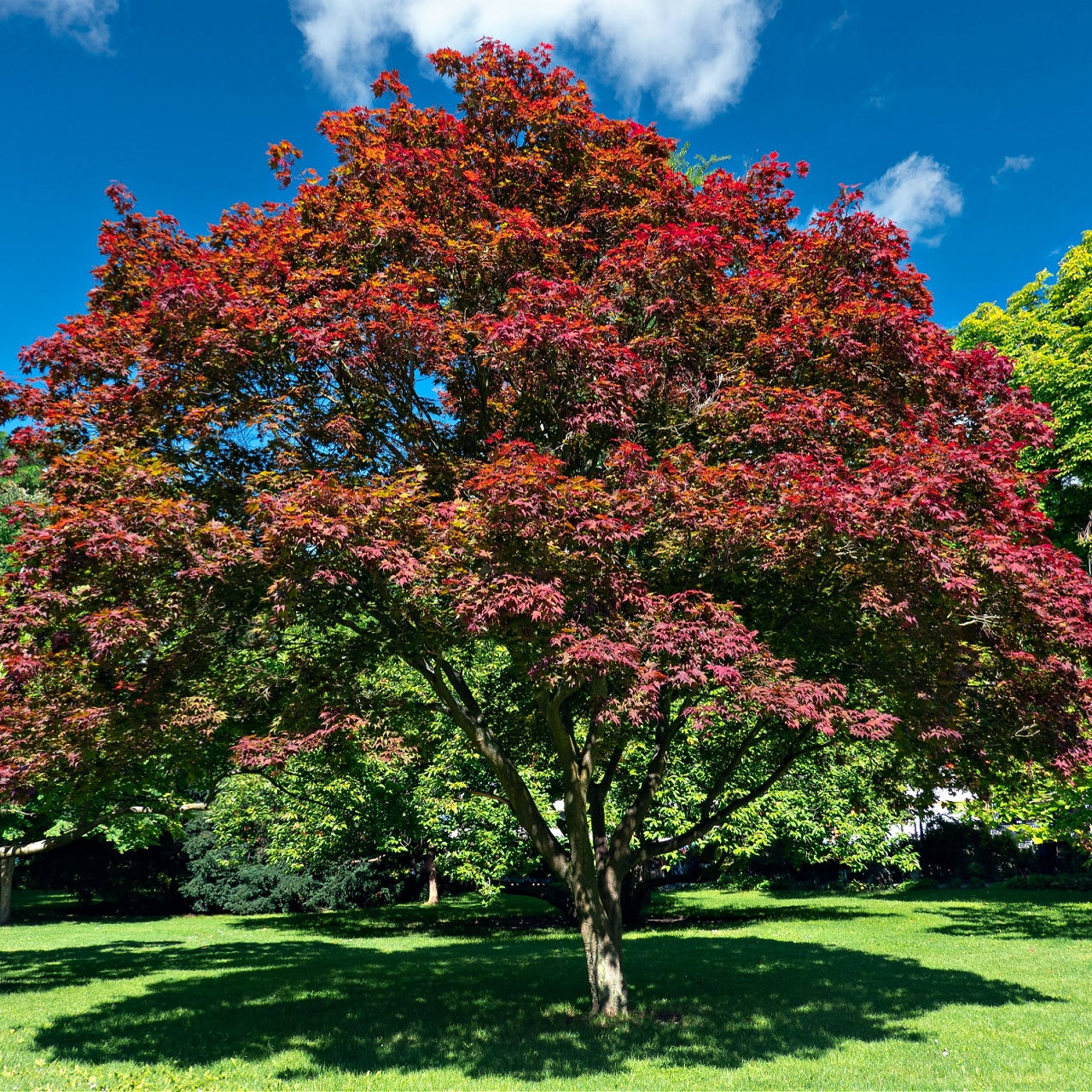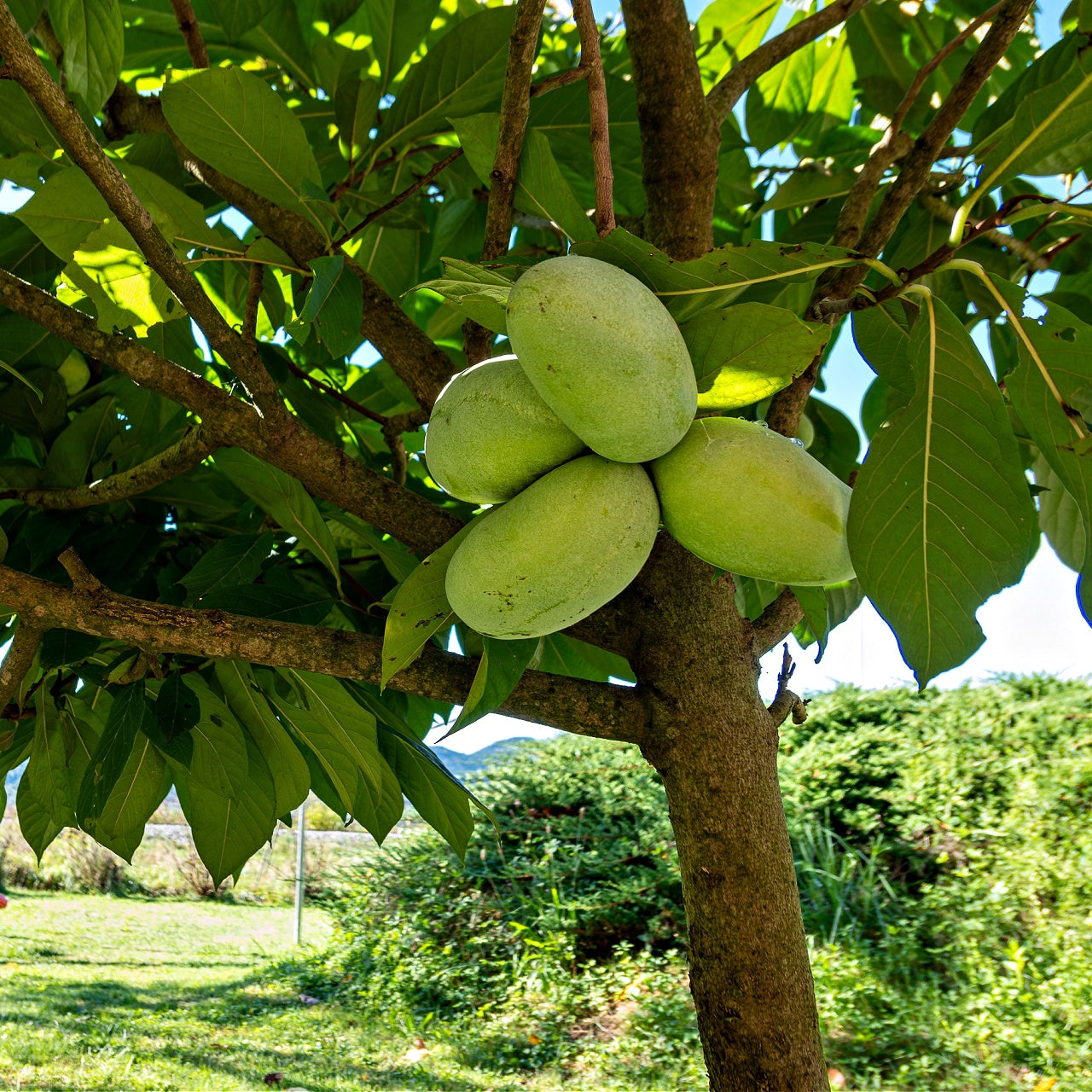
Erosion Control With Native Plants
Erosion Control With Native Plants
Best Plants for Erosion Control: Using Native Species
Soil erosion is a serious issue. Whether the wind whips the topsoil off a farm or a water gully in a field, keeping the soil intact to control erosion can be difficult. Not only does soil loss impact you, but the soil can clog storm drains and water features such as streams and rivers.
Lack of erosion control caused the Dust Bowl when fierce sandstorms covered the country. Soil even covered houses with drifts. Millions of acres had to be abandoned, and farms drowned in dirt drifts. The USDA revised its recommendations for farmers so this would not happen again.
Understanding Soil Erosion
Soil erosion is a natural process where the top layer of soil is worn away by external forces such as wind, water, or ice. However, human activities like deforestation, overgrazing, and construction can accelerate this process, leading to severe consequences. When soil erosion occurs, it can result in the loss of fertile land, increased sedimentation in waterways, and decreased water quality. Understanding the causes and effects of soil erosion is crucial for developing effective erosion control strategies. By recognizing how soil erosion impacts the environment, we can proactively mitigate its effects and preserve our valuable soil resources.
Methods Of Erosion Control On Steep Slopes
Wind erosion is principally controlled by planting perennial plants and hedges as windbreaks on the edges of fields under cultivation. Planting cover crops to anchor the soil is important when the land is laying fallow. Usually, legumes are planted with the added benefit of adding nitrogen to the soil.
Water erosion is controlled by covering the drainage area with swells and berms to slow the water down. Plants that can tolerate up to 24 hours of submersion are planted in the settling areas of the water management system.
These erosion control methods rely on keeping the soil covered all year. However, erosion control is not just for farmers and ranchers. Erosion is a problem at construction sites or anywhere soil is left bare. Home gardeners have erosion problems due to leaving a garden site uncovered. They may fight erosion due to poor water control caused by construction on the slope above them or in a subdivision with poorly planned drainage. With their deep root systems, erosion control plants are particularly effective in preventing soil loss on steep slopes and maintaining soil health and biodiversity.
Benefits of Native Plants for Erosion Control
Native plants are an excellent choice for erosion control due to their remarkable adaptability to local climate and soil conditions. These plants have evolved to thrive in their native environments, developing deep roots and extensive root systems that help stabilize soil and prevent erosion. One of the significant advantages of using native plants is their low maintenance requirements. They are naturally resistant to pests and diseases and can tolerate drought, making them a sustainable option for controlling erosion. Additionally, native plants provide essential habitat for local wildlife, support biodiversity, and enhance the aesthetic value of the landscape. By choosing native plants, you protect the soil and contribute to a healthier ecosystem.
Picking Plants
Erosion control works best when 6-10 different species of grasses, forbs, legumes, and shrubby species are planted. Avoid monocultures. Each plant plays a part in slowing wind and water erosion. Plant roots are crucial for stabilizing soil, as plants with deep taproots act as anchors for those with shallower roots. Dense root systems hold soil in by gripping it and slowing water down on the land to allow more of it to soak in. Legumes add nitrogen to the soil so other plants can grow. Shrubs and trees have deeper root systems that bring water and nutrients underground and share them with other plants. Each plant plays a part in a comprehensive erosion control program.
Why Native Plants?
The history of the United States Department of Agriculture (USDA) is full of cases where a non-native plant has been introduced into the United States by the USDA to fix a problem. The exotic plant causes major problems by taking over an ecosystem and crowding out native species. Insects and other wildlife can’t eat exotic plants, so the plants escape cultivation and cover the landscape.
Native plants also require little to no supplemental water once established, are relatively free of pests or diseases, and need little supplemental fertilizer. They host native insects, birds, and animals to increase biodiversity in the area. Additionally, many native plants are drought tolerant, making them ideal for erosion control in challenging landscaping scenarios like steep hills or rock gardens.
For an example of disasters caused by non-native species, look to the southern United States. In the late 1800s and early 1900s, the USDA suggested planting kudzu on slopes to prevent erosion. Kudzu does that, but it also covers everything in its path. Some areas of the southern United States have nothing but kudzu growing. I remember driving through Georgia and north Florida and seeing nothing but kudzu for miles and miles. Wildlife was gone because there was no food. Farmers and ranchers spend millions of dollars to eradicate this pest on their land. Native species rarely cause this kind of problem.
Choosing the Right Native Plants
Selecting the right native plants for erosion control involves considering several factors, such as soil type, slope angle, and water flow. Plants with deep roots, like certain grasses and sedges, are ideal for areas with steep slopes as they can anchor the soil effectively. In regions with high water flow, shrubs and trees with extensive root systems are better suited to stabilize the soil. It’s also essential to choose plants that are well-adapted to the local climate and can tolerate the specific levels of sunlight and moisture in the area. By carefully selecting the appropriate native plants, you can create a robust and effective erosion control system that meets the unique needs of your landscape.
Examples Of Native Plants For Erosion Control
The exact mix of plants will vary depending on sunlight, soil moisture, and the slope of the land. We sell many plants that are excellent for erosion control. Here are some examples of good plants to use.
Creeping juniper is a hardy evergreen conifer that is particularly versatile in its applications. It is excellent for erosion control in borders and foundation plantings. This maintenance-free, drought-tolerant plant is also suitable as a ground cover, making it an appealing choice for homeowners with challenging landscapes.
Virginia Bluebells
Virginia bluebells are a forest ground cover that grows best in full sun. They require moist soil and work well as erosion control along streams and rivers. Virginia bluebells will form dense colonies as they seed and return year after year. Their blue, tubular flowers also attract hummingbirds. Virginia Bluebells can also be used in rain gardens for effective erosion control and moisture management.
Red Cardinal Flower
Red cardinal flower grows in the wild close to streams and creeks. It grows well in clay, making it valuable to people with heavy soil that most things won’t grow in. In contrast, sandy soils benefit from compost to improve water-holding capacity and soil aggregation, making them more resilient for plant growth, particularly in erosion control efforts. The plants can get up to six feet tall with bright red flowers but are usually 3-4 feet tall. Hummingbirds love the red tubular flowers. As a bonus, deer and rabbits do not usually eat red cardinal flowers.
Golden Seal
Golden seal is a good ground cover for moist, shady areas. It grows 6-20 inches tall and has green, maple-like leaves. The white flowers are followed by red berries. Golden seal roots are used medicinally, and the wild plants are scarce in some areas due to overharvesting.
Additionally, Golden Seal contributes to soil health by improving soil structure and stability. Its root system enhances soil porosity and drainage, supporting a healthier ecosystem for soil organisms and plant roots.
Indian Pink
Indian pink is a woodland plant that grows up to 28 inches tall. The leaves are green. The flowers are red tubes with yellow tops. Indian pink needs partial shade. It is a good bog plant because it likes wet soil. Hummingbirds are the primary pollinator because other pollinators have trouble reaching the bottom of the flower.
Wild Strawberry
Wild strawberry plants make an ideal ground cover for the edge of woodlands and in open fields. It likes full sun but will tolerate part shade. The white flowers attract pollinators such as butterflies and bees. The tasty red berries are prized by wildlife and humans alike. Wild strawberries will form dense colonies spread by rhizomes. Birds and animals compete for the strawberries, so harvest promptly if you want any.
Evening Primrose
Evening primrose is a low ground cover with yellow or pink flowers. The flowers bloom in the evening and stay until noon the following day. Bats and moths visit the flowers at night. Bees and other pollinators visit the flowers during the day. The plant grows slightly over two feet tall and spreads about two feet. The yellow evening primrose has a delicate, lemony scent. It grows in the sun and will tolerate partial shade. It won't bloom in partial shade, either.
Planting on Steep Slopes
Planting on steep slopes requires careful planning and execution to ensure successful erosion control. Before planting, it’s crucial to assess the slope’s stability and potential for erosion. One effective method to stabilize the soil is terracing, which involves creating stepped levels on the slope to reduce water runoff and soil erosion. When selecting plants for steep slopes, opt for deep roots or extensive root systems, as they can help anchor the soil. Additionally, mulching and erosion control blankets can further prevent soil erosion and promote plant establishment. These materials help retain moisture, suppress weeds, and protect the soil from erosion, ensuring plants have the best chance to thrive.
Effective Erosion Control Solutions
Effective erosion control solutions often involve a combination of plants, mulch, and other materials. Native plants with deep roots and extensive root systems are a cornerstone of these solutions, as they help stabilize soil and prevent erosion. Mulching is another valuable technique, as it helps retain moisture, suppress weeds, and protect the soil from erosion. Erosion control blankets can stabilize soil and promote plant establishment, especially on steep slopes. Also, terracing and contour planting can reduce soil erosion and promote water infiltration. By integrating these various methods, you can create a comprehensive erosion control strategy that protects and preserves your soil.
Our Recommendations
The best native plants to control erosion vary by location. We at Tennessee Wholesale Nursery can recommend a group of native plants that will work best for your specific area of the country. Call our knowledgeable staff at 931.692.7325 to order native plants for erosion control.
Products from the Article






